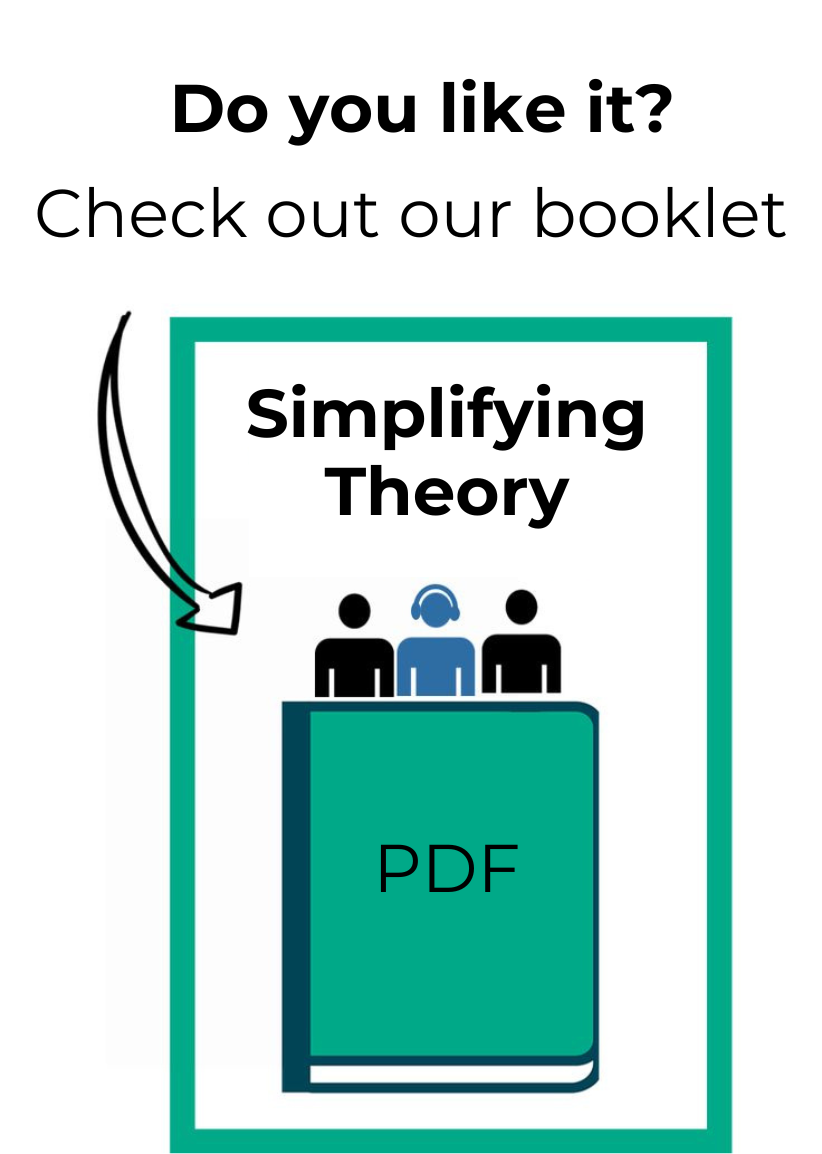In addition to the accidents that are on the key signature, the composer may add other alterations (flats or sharps) throughout the score. Please see below:

In this case, the application is quite obvious, a sharp next to the note C indicates that you should play C#.
Pay close attention to just one detail, this “#” is for the whole bar! Therefore, if you have another C in the same bar, it will also be sharp (although it is not indicated). The neighboring bar will not change. Remember: The alterations only have power in the bar in which they are inserted! The logic is the same for flats.
Note: Bar is the space between two vertical bars | |. We will talk more about them when we explain the beats and times in sheet music.
In addition to sharps and flats we have other changes that may eventually appear:
Double Flat

This is the Double Flat. When you see it, instead of going down one semitone (flat) go down two.
Double Sharp
 Although it has nothing to do with the sharp sign, this is the double sharp. It indicates that you must go up two semitones.
Although it has nothing to do with the sharp sign, this is the double sharp. It indicates that you must go up two semitones.
Natural Sign
 Finally, there is a sign that cancels the flat and sharp accidents, the so-called “natural“. It is used in two ways
Finally, there is a sign that cancels the flat and sharp accidents, the so-called “natural“. It is used in two ways
To cancel an accident within a bar (highlighted in red):

To cancel an accident in the key signature:

Note: Like other accidents, the natural sign only has power within the same bar.
Go to: Piano Fingering
Back to: Sheet music guide
